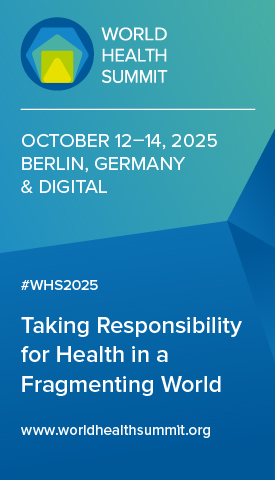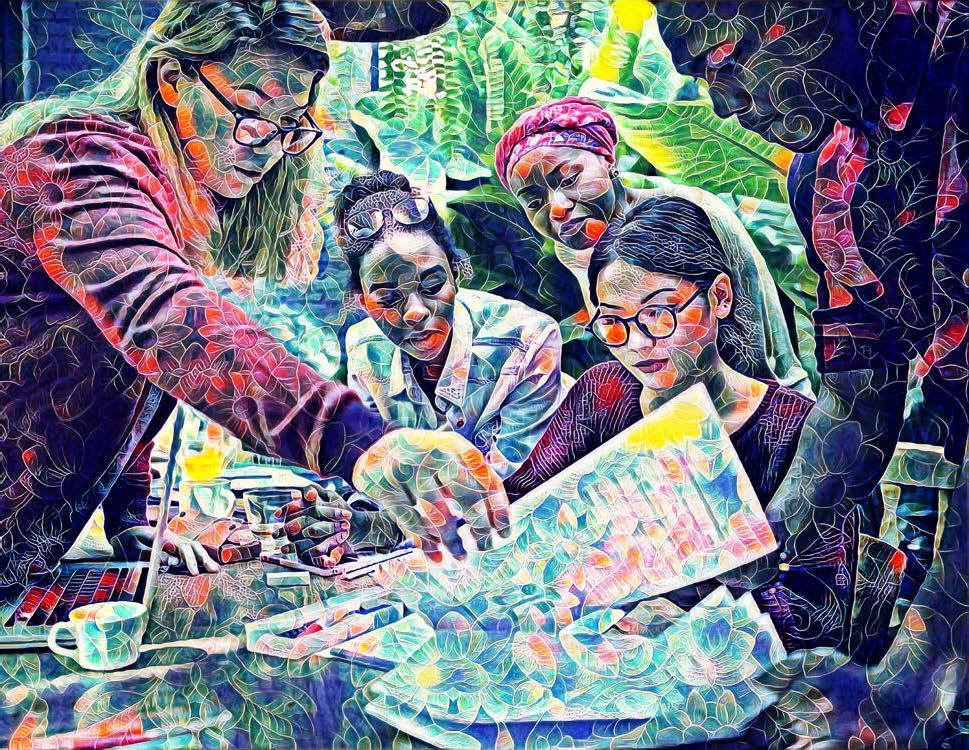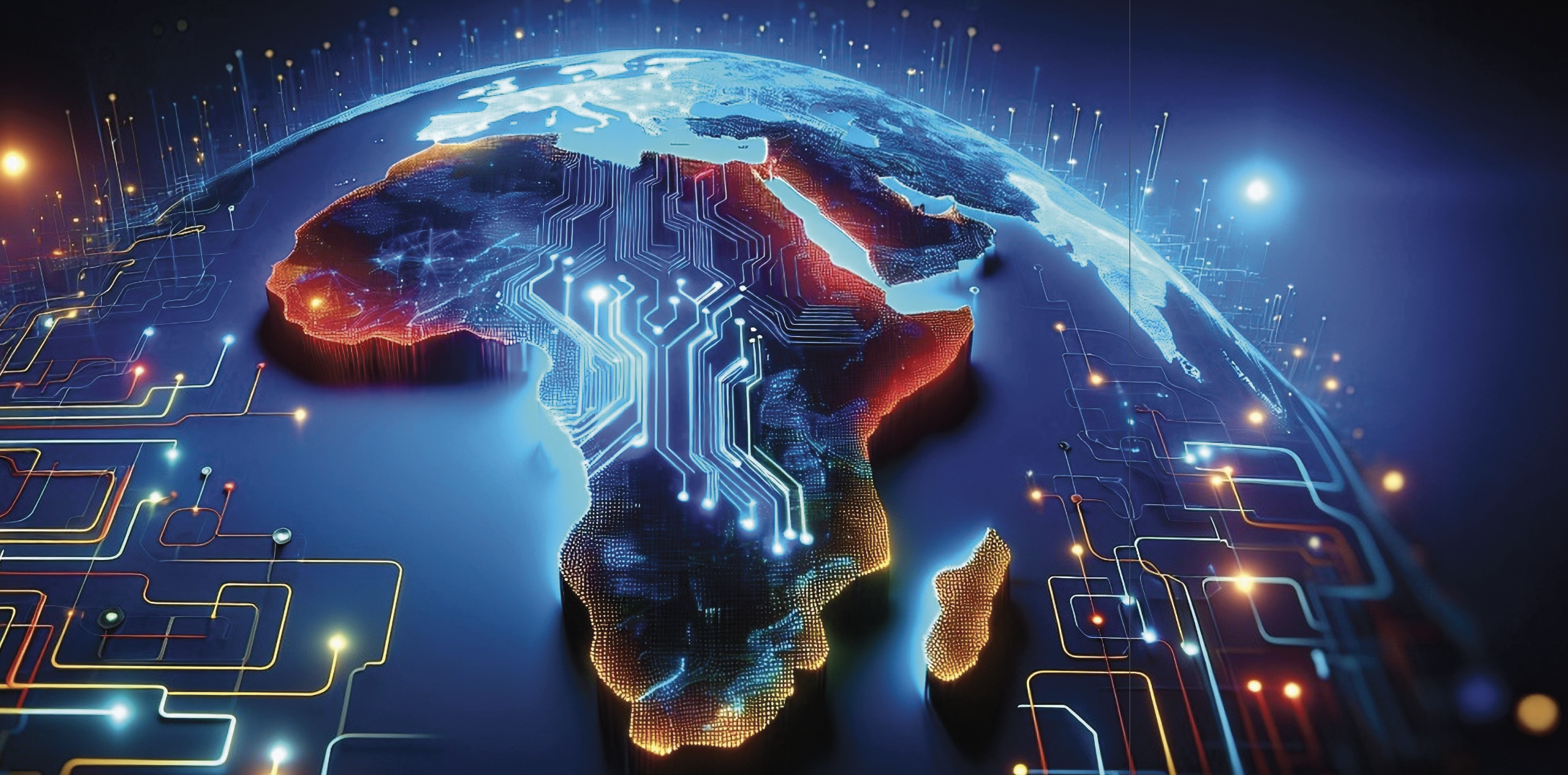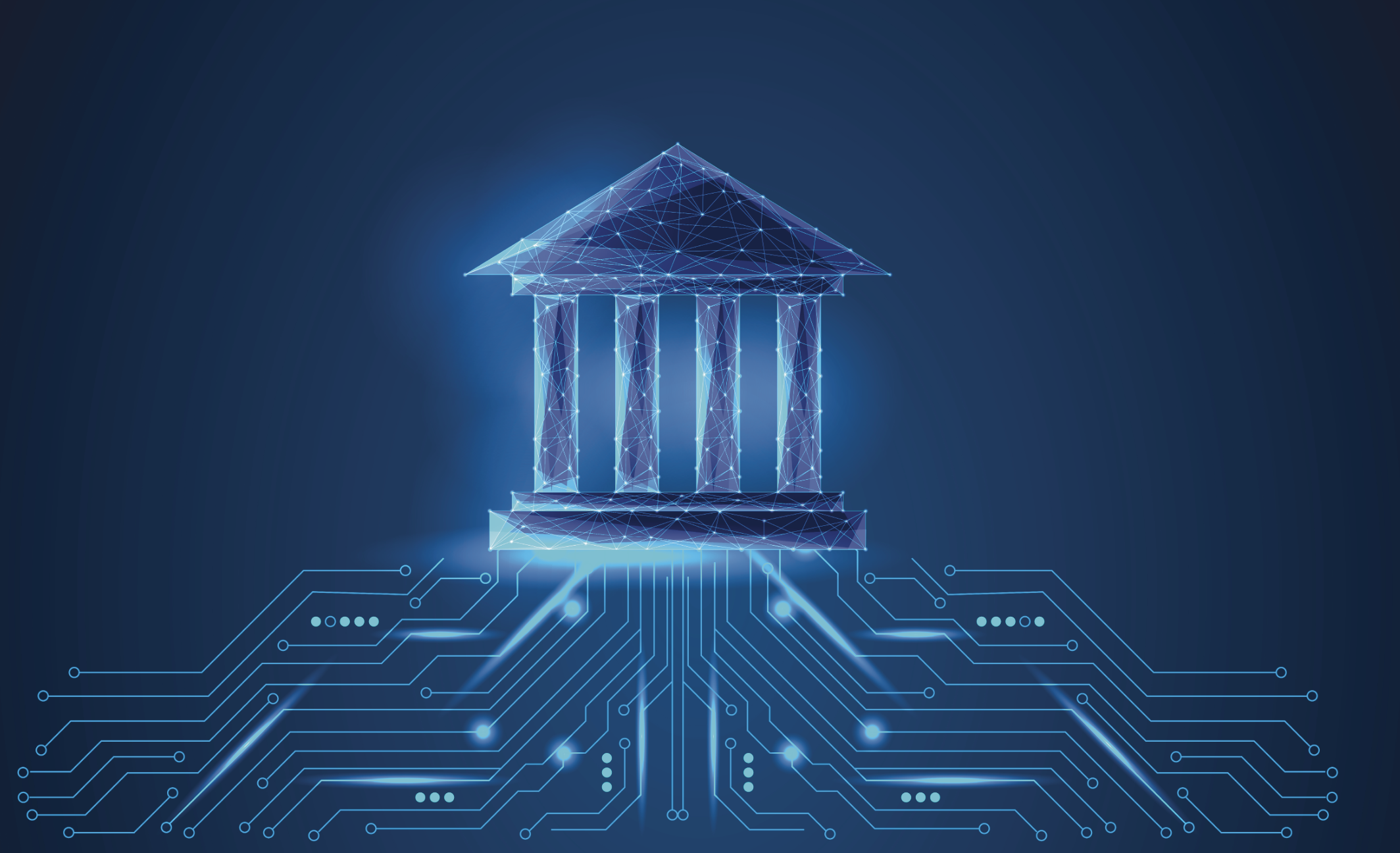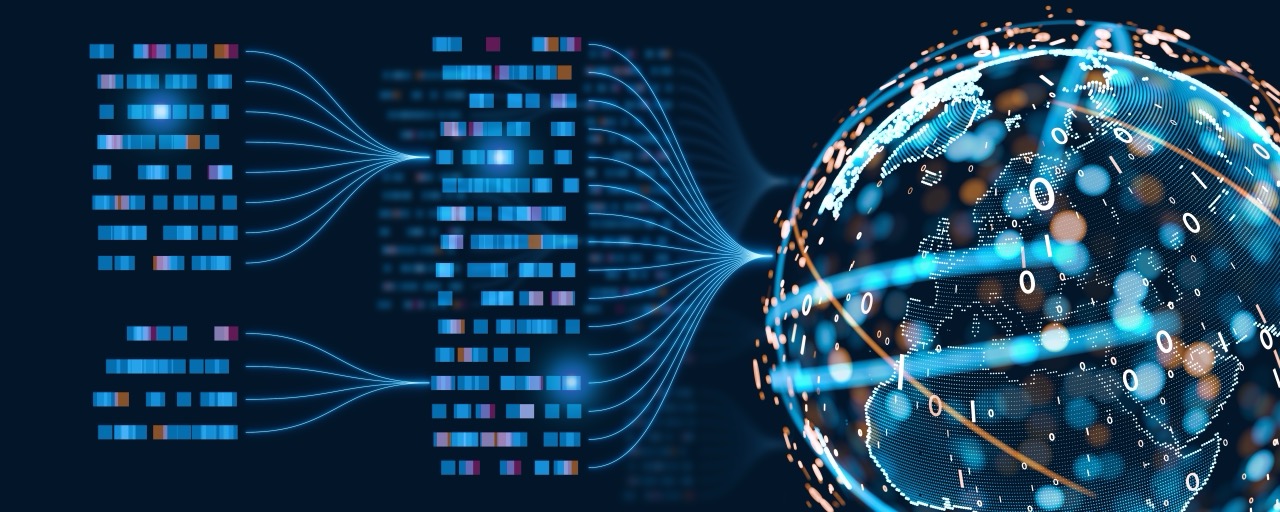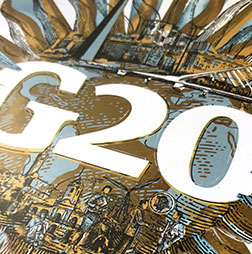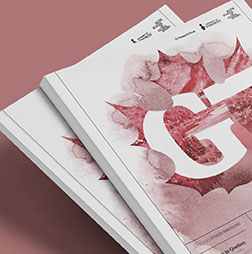Towards an international materials agency: Filling the global governance gap on critical minerals
Amid intensifying geopolitical tensions and the accelerating climate crisis, critical minerals have emerged as strategic national assets and potential flashpoints of conflict between major economies. Critical minerals are also at the centre of Africa’s industrialisation and development. South Africa’s G20 presidency has thus set harnessing critical minerals for inclusive growth and sustainable development as a key priority. Questions arise about increased investment in exploration, increased beneficiation at source and the integration of artisanal mining into mainstream economies. There are synergies with the G7 Critical Minerals Action Plan, adopted at the Kananaskis Summit in June 2025, and also endorsed by Australia, India and Korea.
Why the world needs an international materials agency
Internationally, critical mineral value chains are governed by a fragmented patchwork of national policies, bilateral deals and corporate interests. To address this gap, the G20 is developing a critical minerals framework that sets out a collective vision to strengthen international cooperation on critical minerals governance.
A new international materials agency, as part of the evolving governance structures and frameworks for critical minerals, could help navigate tensions and provide a coordinated, inclusive approach to managing global mineral supply chains. Much like the International Energy Agency was created in response to the 1970s oil shocks, an international materials agency would offer a platform for cooperation between governments and industry, data transparency, and equitable access in today’s mineral-constrained world. It could also operationalise the G20 Critical Minerals Framework through partnerships, investment support and technical cooperation, in four ways.
First, an international materials agency could serve as a global data hub. As proposed by the United Nations Environment Programme’s International Resource Panel, as a global data hub an international materials agency would compile authoritative and open-access information on material flows, reserves, production, processing capacities, prices, environmental impacts and circularity rates. One major challenge in governing critical minerals is that much of the data is proprietary and controlled by private industry actors. Increasingly, this information is also treated as a matter of national security, which limits transparency and international cooperation just as global coordination becomes more urgent. The international materials agency’s global data hub would reduce market uncertainty, improve transparency and support evidence-based policymaking. This would be particularly beneficial for developing countries that currently lack access and capacity for robust data analysis.
Second, the international materials agency could facilitate policy coordination and standard setting on sustainable extraction, circular economy integration in mineral value chains, benefit-sharing mechanisms and just transition principles. Instead of duplicating existing initiatives, it would complement and connect them, promoting coherence across the mineral governance landscape.
Third, the agency could offer technical assistance and capacity building to help resource-rich countries strengthen regulatory oversight, negotiate fair contracts and attract investments in local value addition. It could also play a diplomatic role in dispute resolution, helping prevent resource-driven conflict by mediating between governments, corporations and affected communities.
Finally, during times of global supply disruption or geopolitical tensions, an international materials agency could provide emergency coordination mechanisms to avoid panic-driven responses such as stockpiling or export stops and ensure continuity of supply for essential technologies.
The G20’s role in bringing the international materials agency to life
Establishing such an agency requires political momentum. The Johannesburg Summit presents a historic opportunity to catalyse that momentum. The G20 has already produced great success in governing the global financial system and economic development; it can replicate these successes for critical minerals.
G20 leaders at Johannesburg could take three key steps:
Endorse the concept of an international materials agency in a joint political declaration, mandating technical feasibility studies and consultations under the G20’s sherpa, ministerial and working group processes.
Champion pilot initiatives, such as regional data observatories, emergency coordination protocols for supply chain disruptions or capacity-building platforms, that could be scaled through the international materials agency over time.
Mobilise early funding and institutional partnerships, tapping into resources from energy and mining ministries, development banks or philanthropic foundations to support the agency’s start-up phase.
The international materials agency is not intended to be a fully fledged UN body. The current situation requires that it could follow the model of the IEA, launched as an initiative of the Organisation for Economic Co-operation and Development and expanded over time. What matters is creating a coalition of proactive states that are ready to coordinate and begin shaping the contours of global mineral governance, with an eye towards transparency, equity and resilience.
In 2026, under its G20 presidency, the United States – with its focus on energy security – could launch a dedicated G20 workstream on global minerals governance, initiate expert dialogues and ministerial meetings, and support the development of a roadmap for the establishment of the international materials agency. This would both reinforce US domestic efforts to secure resilient, transparent and sustainably secure supply chains, and demonstrate renewed US leadership on this key issue.

